Modern Furniture Design recognizes the role of furniture as being more than just tools for specific use. Traditional design heavily depended on the cultural and technological orientation of the users. The more sophisticated a person is, the more sophisticated were his appliances. The social and economic class also determined the perception of various models and stereotypes for home fittings, fixtures and accessories.
In more advanced societies, the home furnishings defined the status of the owner. The royalties for example had special furnishings made by specific carpenters. In fact, in some communities, it was against law to own the same type of appliances as the king. Religion also determined the design concepts and requirements for chair, table, sofa, stool, bed etc. All movables like desk, bookshelf, wardrobe, sideboard used in religious rites such as church worship in the Buddha temple was specially designed.
Therefore, unlike traditional design that was determined by the social orientation, the contemporary designs are more personalized, sophisticated and need oriented. There is no more restriction on what an individual may desire in his home appliances.
Personal space is a major consideration when designing modern day household items. Perspective is created by the shapes and color scheme. The texture is also manipulated to achieve aesthetically pleasing design. In a workplace, furniture designs have continued to evolve from a closed workstation to a more open and shared workstations.
Technological advances have also forced a change in modern fabrication of home appliances. Remember the introduction of network cable and the resultant tables that provided the space for cabling? Now with the wireless internet and intranet technologies, the design of modern home accessories had to drop off some of the unnecessary parts. Then shrinking computers have also meant that we no longer need large desks that held the big desktops. Technology is indeed forcing a rapid change in modern office furniture designs.
Contemporary design concepts continue to be inspired by some traditional designs. The Indian and Italian furnishings are examples of traditional furniture that have inspired modern designers.
Environmental conservation is another factor that is a determinant of modern manufacturing of any household appliance. The use of synthetic materials is a step towards conserving wood and by extension the forests. Elegant patio that allow relaxed atmosphere for enjoyment of nature have also been inspired by the environment. The birds nest patio furnishing is an example of such innovation.
Cost of the product may hinder or encourage the uptake of a model. A balance needs to be struck between profits to the merchant and the availability of the product to the client. Most commercial vendors are conscious of the drivers of Modern Furniture Designs. Personal space, advances in technology, culture and traditions, environmental conservation and costs are some of the major driving factors. The crescent shaped clear glass fitted with comfortable cushion is an example of minimalist furnishing that seeks to provide more space in a less roomy setting. A modern home owner is always interested in bringing harmony among his/ her household goods. Decoration of the home is an art that must carefully consider acceptable interior design standards, and the organization of the movables should not be haphazard. There should be uniformity in color scheme and style.

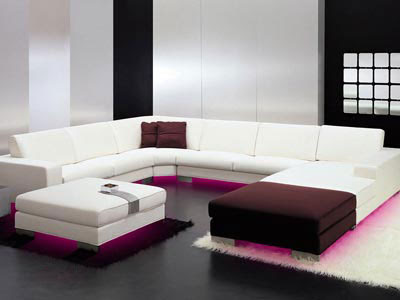


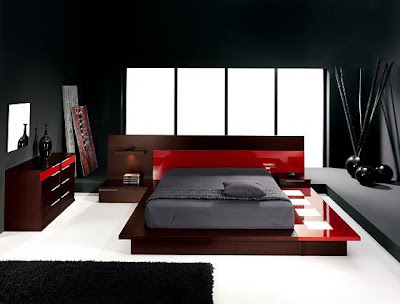
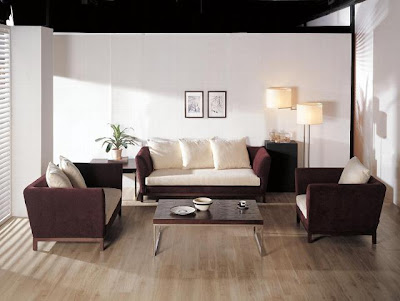
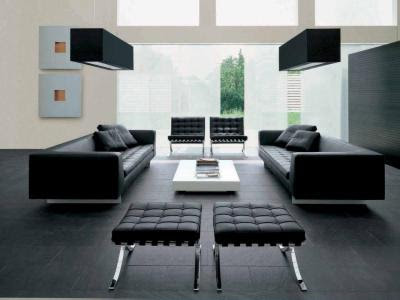



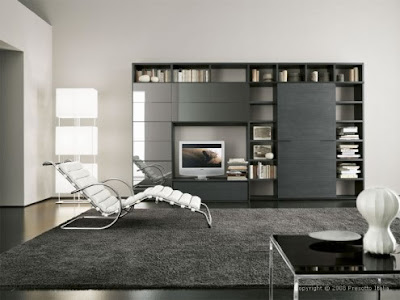
0 comments :
Post a Comment